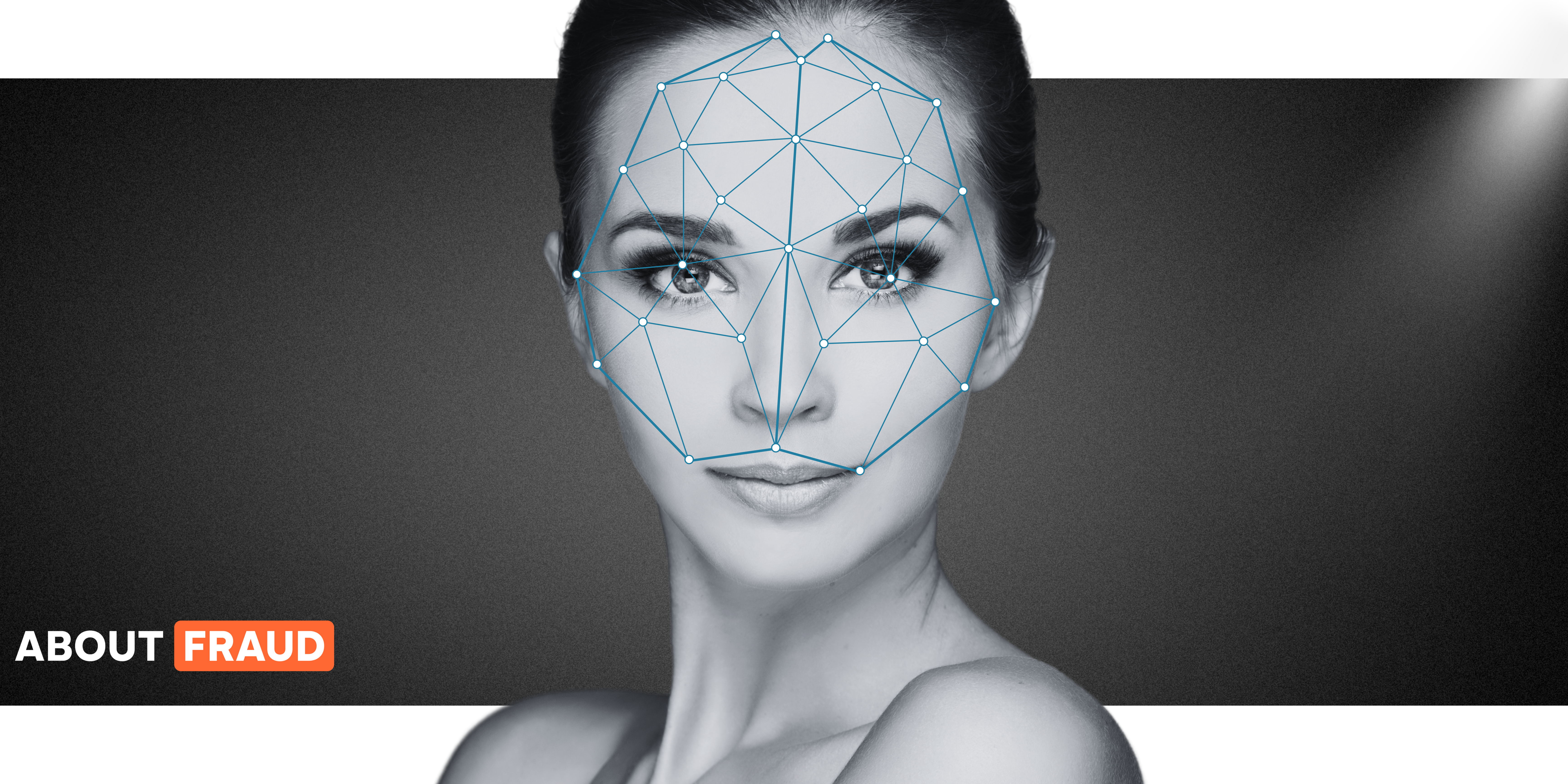
The Fight Against DeepFake Fraud
Cybercrime has been on the rise for a while, and we like to think we’re wise to the fraudsters’ tactics, right?
But as technology advances, so too does the potential for fraud. The rise of AI-powered criminals has significant implications for cybersecurity. While AI can strengthen our defenses, it also gives cybercriminals more to play with.
Take deepfake technology, designed to blur the boundaries between the truth and fiction.
The World Economic Forum has ranked disinformation as one of the most significant risks in 2024, and deepfake fraud, a form of disinformation, is spreading fast in today’s digital age. From CEOs peddling phantom products to fabricated testimonials touting fictitious services, deepfake fraudsters exploit businesses’ credibility for personal gain.
In 2020, a Japanese company’s branch manager in Hong Kong fell victim to a $35 million swindle, as fraudsters used deep voice technology to impersonate a company director and authorize transfers. As the technology evolves and becomes more sophisticated, so do the tactics of fraudsters and the potential for business-changing financial losses.
The Growing Toll of DeepFake Fraud
The threat is very real, with deepfake fraud cases more than doubling in the US between 2022 and 2023, from 0.2% to 2.6%. The speed at which AI algorithms are advancing fuels the creation of increasingly convincing deepfakes, making it harder to detect and prevent attacks.
Alongside the very real financial risks, the reputational fallout from deepfake fraud cases can leave lasting scars, eroding consumer trust and brand credibility. Organizations face heightened scrutiny from regulators, consumers, and investors alike, and it’s not just in the commercial world at risk.
The impact is being felt in the world of politics, too.
Since the start of the year, at least 14 US states have introduced legislation to counter the threats posed by AI and deepfakes in political campaigns. With the 2024 election cycle heating up, politicians from both sides of the race are rallying to address the rapidly evolving challenges posed by these technologies.
The financial sector, driven by data and technology, is an ideal target for fraudsters. And regulatory compliance plays a pivotal role in mitigating the risks associated with deepfake fraud. Industry bodies like the Securities and Exchange Commission (SEC) and the Financial Industry Regulatory Authority (FINRA) are increasingly focused on addressing the evolving threat landscape.
There’s even been a deepfake of SEC Chair Gary Gensler used in an attempt to influence market prices, as Gensler himself shared last year with the Senate Banking Committee. By enforcing strict compliance standards and mandating enhanced security protocols, regulators aim to bolster the resilience of financial institutions against emerging risks.
Strategies for Combatting DeepFake Fraud
Recognizing the telltale signs of audio and video deepfakes is crucial to stay ahead of potential risks. While the AI technology used to create them is advanced, it’s not perfect, and there are ways to spot if something isn’t quite right if you’re on the receiving end of a potential deepfake:
Audio deepfakes: Listen out for irregular pauses between words, making sentences sound unnatural, as well as an unnaturally flat or disjointed tone in the speaker’s voice.
Video deepfakes: Look out for inconsistencies in facial expressions, including prolonged periods without blinking! There might also be flaws or discrepancies in skin tones or face shape, and anomalies in the lip sync.
There are also a number of strategies and best practices that businesses can implement to defend against the threat:
- Keep Cyber Defenses Strong: Maintaining cybersecurity best practices, with particular emphasis on social engineering and fraud prevention, will be your first line of defense against deepfake fraud.
- Adopt a Zero-Trust Approach: “Never trust, always verify”. Embrace continuous, integrated verification at all levels of your organization.
- Implement Strong Authentication: Employ cutting-edge authentication mechanisms such as biometric verification and blockchain-based identity management to bolster security measures and thwart unauthorized access attempts.
- Invest in AI Detection: Harness the power of advanced AI-driven technologies to proactively identify and neutralize deepfake threat, fast.
- Foster Industry Collaboration: Collaborate with technology providers, industry peers, and regulatory authorities to strengthen collective defenses and mitigate risk.
- Cultivate Employee Awareness: Empower employees with the knowledge and skills needed to recognize signs of deepfake fraud and verify content authenticity. Offer comprehensive training programs and educational resources to equip employees with the tools to identify and report deepfakes promptly.
Though technologies will continue to emerge to help fight the battle against security threats like deepfakes, relying solely on these technologies is not enough. Understanding deepfake fraud starts with your people. Is everyone in your organization aware of deepfakes, and equipped to recognize them? If not, why not?
Ultimately, to win the battle against deepfake fraud will require a combination of technology, people, and processes. Let’s not be bystanders to this digital deception. By arming your organization with awareness, collaboration, and proactive defense strategies, you can safeguard your businesses from cybercriminals. It’s time to protect what matters most – your operations, your reputation, and the trust of your stakeholders.
| Posted in: | AF Education, Latest News |
